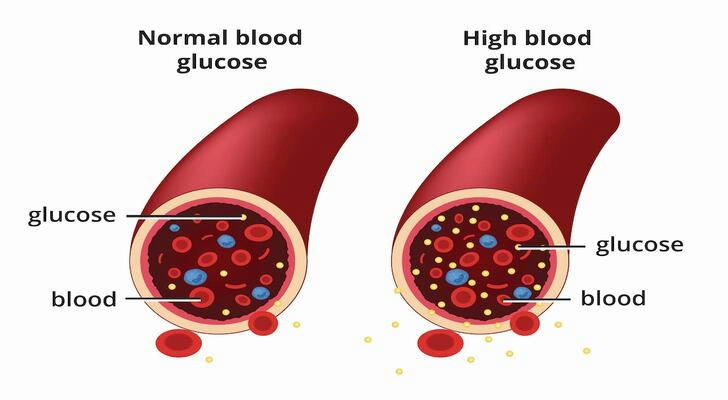Basic Guide to Diabetes Medications: Personalized Approaches to Treatment
Managing diabetes is not just about lowering blood sugar; it’s about finding an approach that works for each individual’s unique situation. Two people with the same diagnosis may need very different treatments, depending on factors like other health conditions, age, lifestyle, and how their body responds to medication. With the continuous advancement of diabetes treatment, medical plans are no longer limited to a "one-size-fits-all" approach, but can be tailored to individual conditions.

What Personalized Treatment Means
Personalized treatment means selecting medications based on the patient’s medical history, daily habits, and long-term health goals. For example:
• A patient with heart disease may benefit more from SGLT-2 inhibitors, which also protect the heart.
• A patient with obesity may respond better to GLP-1 receptor agonists, which help reduce both blood sugar and weight.
Key Data That Shape Choices
• About 1 in 4 U.S. adults with diabetes used a GLP-1 drug in 2024.
• Research shows GLP-1 drugs can reduce HbA1c by 1% or more while supporting weight loss.
• SGLT-2 inhibitors are proven to lower risks of kidney and heart complications in patients with Type 2 diabetes.
Real Case Study: John’s Story
John, a 42-year-old with Type 1 diabetes, had been struggling with glucose control despite using both basal and mealtime insulin. His HbA1c stayed around 8.6–9.0%. After his doctor added liraglutide (a GLP-1 receptor agonist), his HbA1c dropped to about 7.0%, and his blood sugar patterns became more stable.
How to Match Medication to the Individual
| Factor | Why It Matters | Example |
|---|---|---|
| Kidney function | Some drugs are less safe if kidneys are weak | Metformin avoided in severe kidney disease |
| Heart health | Some drugs protect the heart | SGLT-2 inhibitors lower risk of heart failure |
| Weight goals | Some drugs help reduce weight | GLP-1 receptor agonists aid weight loss |
| Hypoglycemia risk | Some drugs cause low blood sugar | Insulin and sulfonylureas require close monitoring |
| Lifestyle/schedule | Medication timing should fit daily life | Once-weekly GLP-1 injections suit busy patients |
Benefits That Personalized Treatment Can Provide
• Helps control blood sugar (lower HbA1c)
• Lower risk of long-term complications (kidney failure, heart disease, etc.)
• May reduce side effects when medication is well-matched
• Improved daily quality of life
Possible Downsides & What Needs Close Monitoring
• Some medications may cause nausea, digestive issues, or other side effects
• Costs and insurance coverage may vary, affecting access
• Not every drug is appropriate for every patient (for example, certain heart disease, pregnancy, or kidney issues)
• Close monitoring needed especially when combining treatments (e.g., adding GLP-1 to insulin) to adjust doses and avoid hypoglycemia
Conclusion: Treatment Should Fit the Individual
Diabetes medications work best when they are chosen with the whole person in mind, not just their blood sugar numbers. By tailoring treatment to health history, lifestyle, and personal goals, doctors and patients can find options that not only improve glucose control but also support long-term health and daily life.
